As high-rises crowd both sides of Victoria Harbour, there is little wildlife in the heart of Hong Kong – so people can be surprised to look up and see large birds of prey gliding overhead. These are black kites, which are by far the commonest birds of prey in Hong Kong, and among the territory’s most familiar birds.
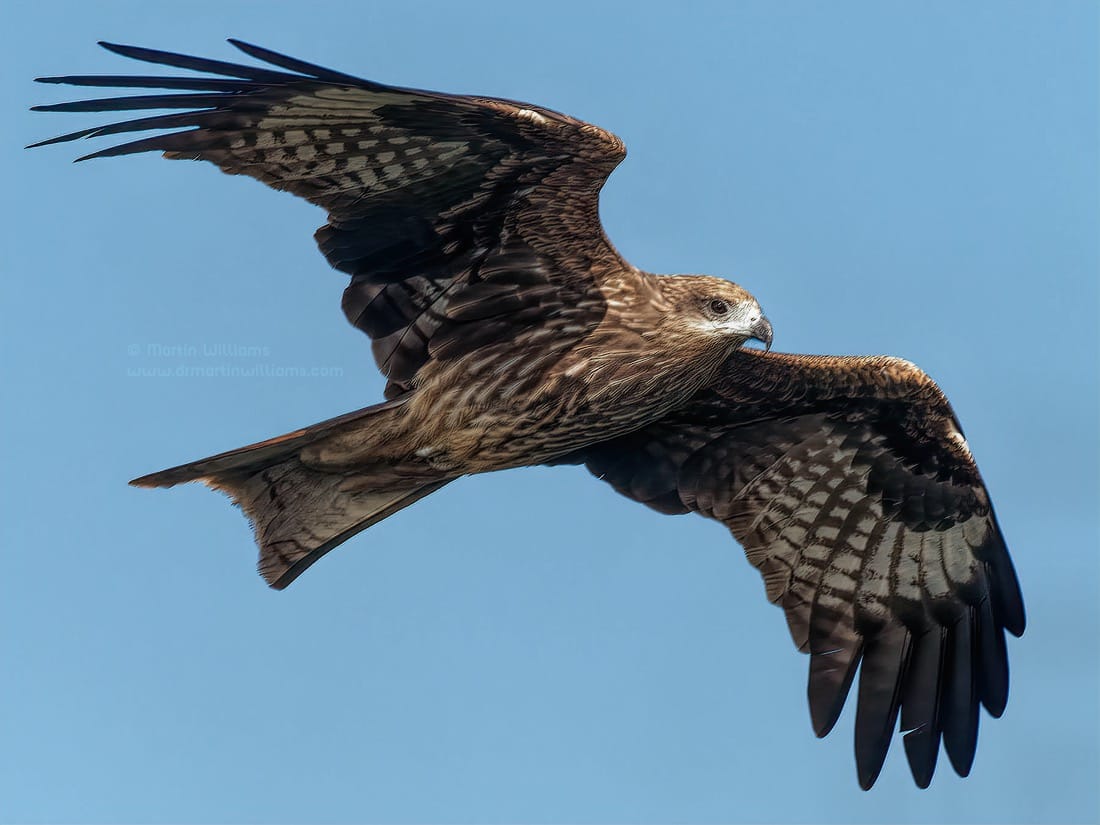
Despite the name, the kites are dark brown rather than black. With metre-and-a-half wingspans, and forked tails, they appear to effortlessly ride air currents, as they soar on updrafts around buildings, and cruise over the harbour. Sometimes, they dip down to snatch dead fish from the water – for although related to eagles, kites are mainly scavengers.
In the late 19th and early 20th centuries, naturalists described black kites as common in Hong, with numbers far higher in winter. This remains the case, and kites are most readily seen from October to March.
During daytime, the black kites are scattered across much of Hong Kong, scouring hillsides, farmland and coastlines for food. Though favouring offal, they are opportunists, quite willing to catch live prey such as snakes, or small birds flying over water. As evening approaches, they head towards favoured roosting sites. Chief among these is a roost on wooded slopes east of the Peak on Hong Kong Island. This is now among the largest kite roosts in east Asia.
Other roosts include Yeung Chau, an islet near the public pier at Sai Kung. And, at least in late 2018, southwest Cheung Chau.
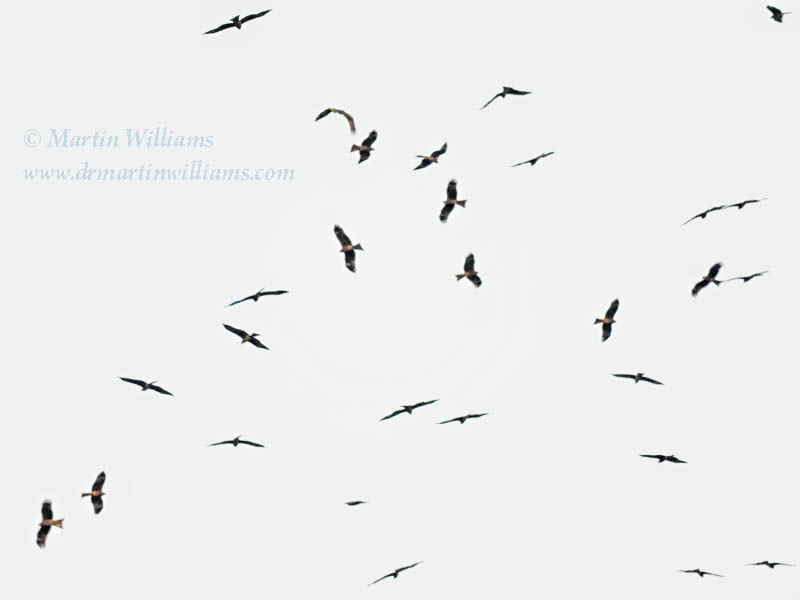
The Mystery of Hong Kong’s Kites
Some members of the Hong Kong Birdwatching Society have formed a Kite Research Group, and make monthly counts of roosting kites. “Kites are special, and it’s a challenge to count them – especially in winter,” says research group member Vicky Yeung. On winter days, there may be hundreds of kites circling together, forming a scene she likens to a“tornado”. The group’s counts suggest the winter population remains stable, typically in the range 1500-2000, and with the highest count 3053 in Dec 2003.
The numbers of kites plummet in spring, and only a hundred or so remain in Hong Kong during summer. Perhaps thirty pairs breed each year – no one knows for sure, as it isn’t easy to discover nests built high in leafy trees. Some nests are in relatively remote places, such as the line of hills above Kowloon, where Eagle’s Nest was surely named after nesting kites rather than eagles. But, the kites may even build their stick nests on rocky islets, or in trees beside village houses.
By mid-summer, the young kites are flying, and learning to fend for themselves. Sightings of ringed or marked individuals indicate the youngsters remain in Hong Kong during their first year. After this, their movements are a mystery. Indeed, mystery also shrouds the birds that arrive in autumn, and leave Hong Kong again in spring. They surely migrate north in spring, to breeding grounds that are too cold for the birds to survive in winter. Maybe they head to northern China, or perhaps into Russia.
A satellite tracking study would reveal the destinations of the winter birds. But for the time being, the kites remain quintessential Hong Kong birds – at home in the city, and at once familiar and enigmatic.
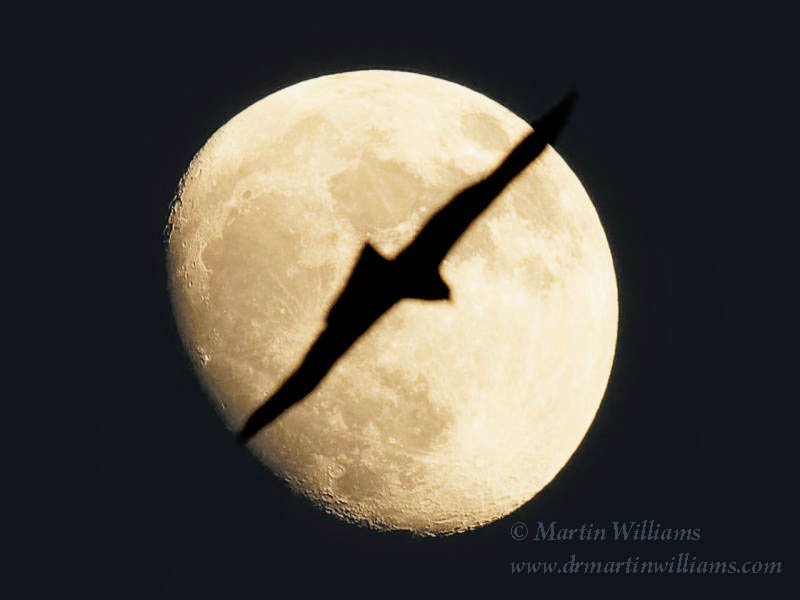

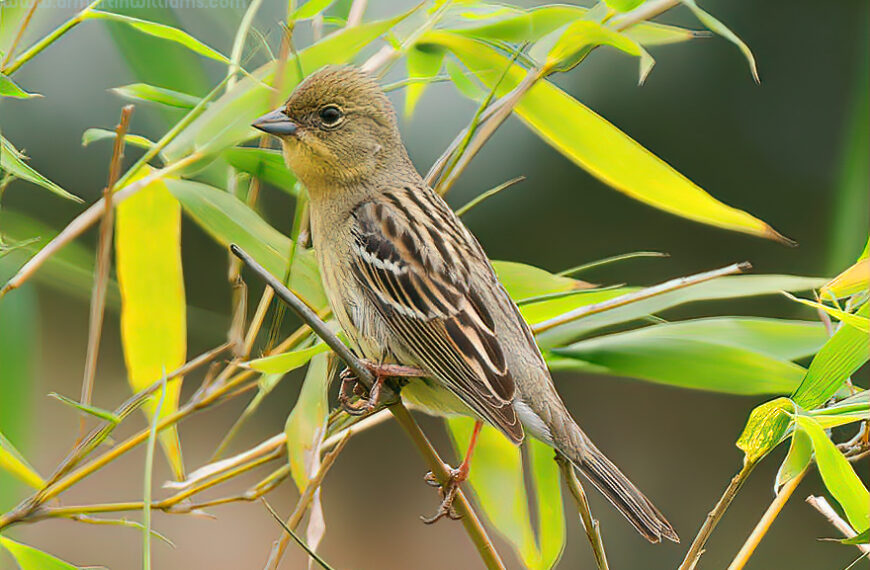
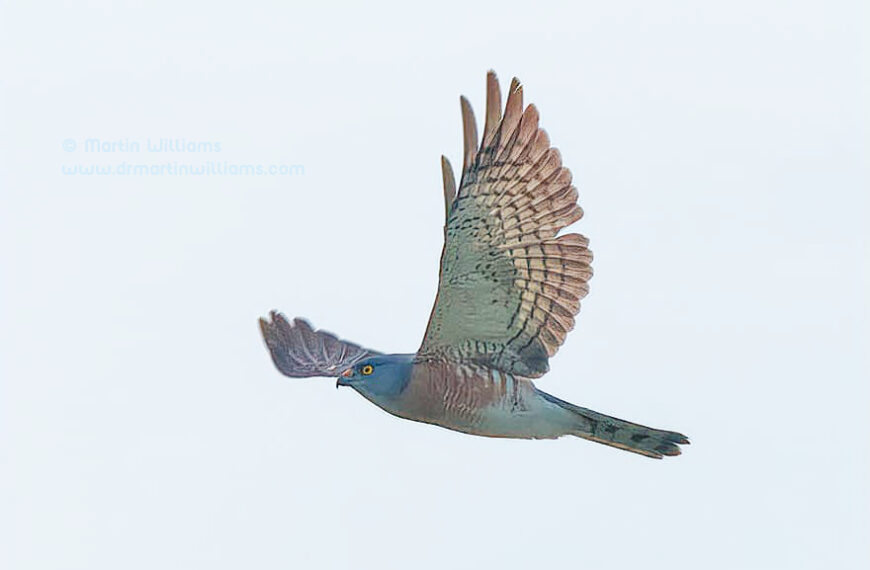


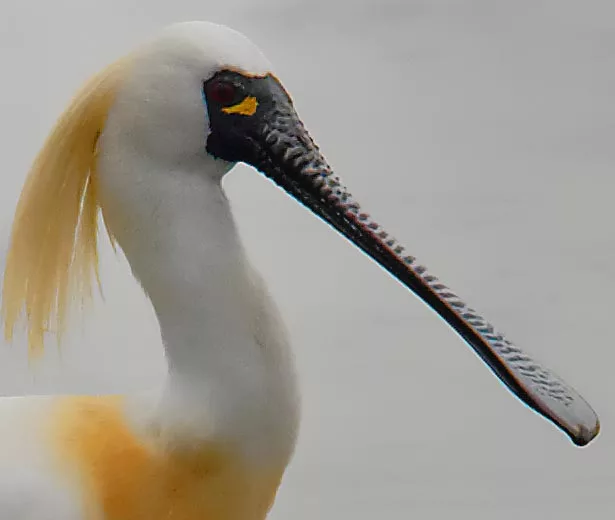
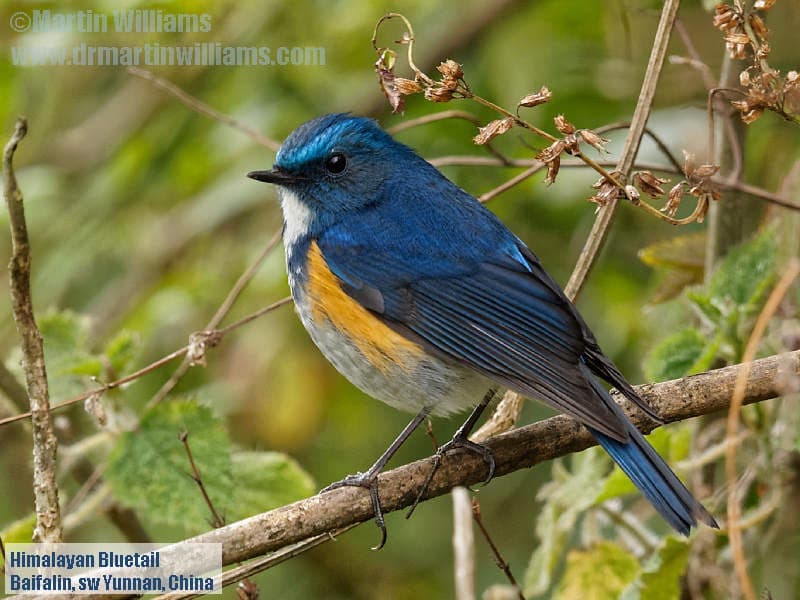
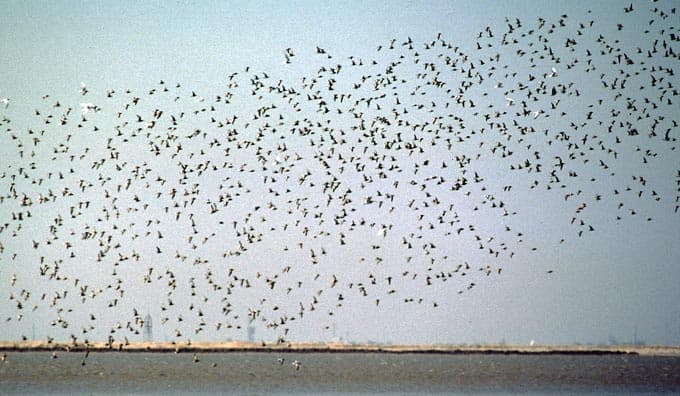
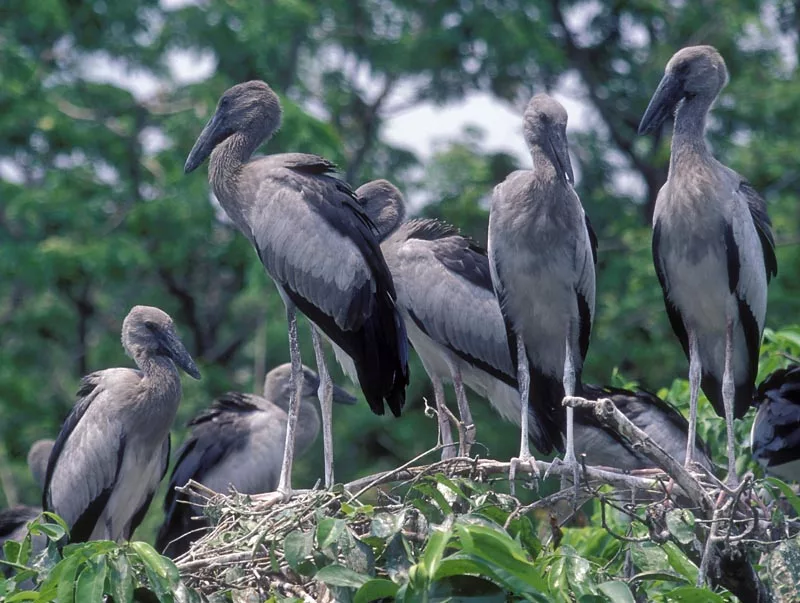

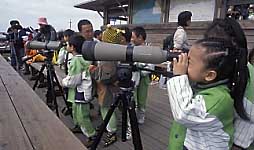


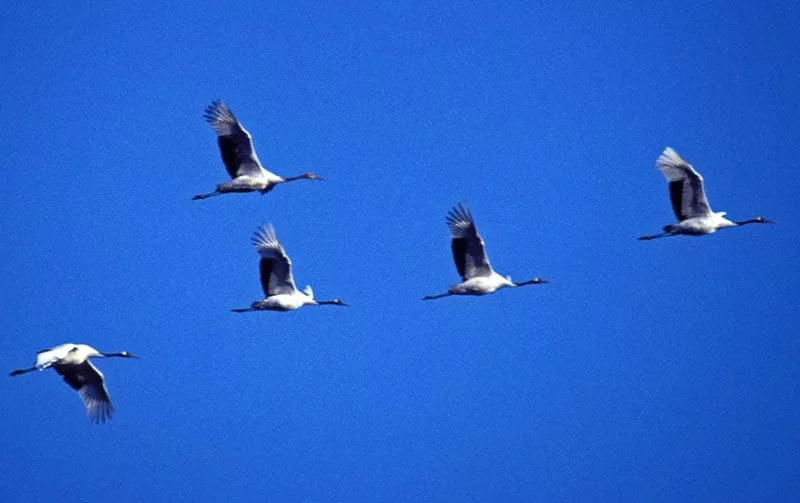
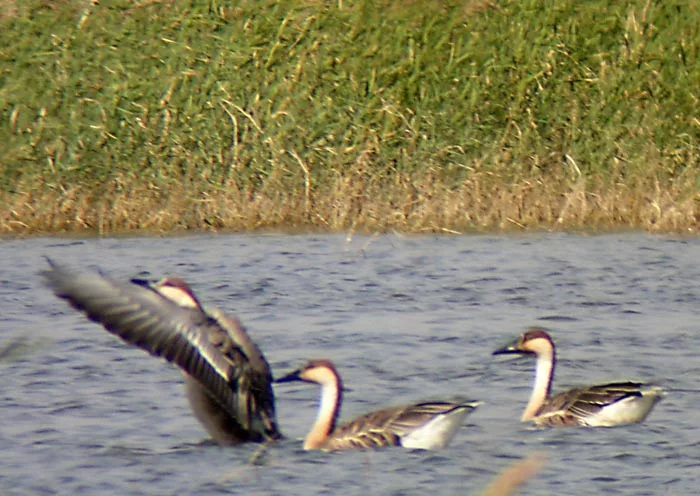
Black Kite
Great article. Thanks for the information. I’m amazed by these birds. I’ve been to Hong Kong twice in 2012 and they are everywhere. I love to watch them gliding over and around the buildings and mountains. I spend my time walking around the streets looking up watching them. I’m still trying to capture the perfect photo and video. 🙂 Beautiful creatures.
Black Kite June 2013
We are staying on the 22nd floor of the Crown Plaza overlooking Happy Valley, specifically the race course & cricket club. Besides enjoying the tennis matches & lawn bowls from up above, we’ve notice a very large bird enjoying the updrafts which we now know is a black kite, albeit dark brown. He or she must be a partner in one of the 30 brooding pairs staying for the summer, I surmise until the fledglings have flown the coop, so to speak.
Cathy & Bill Kuhlman from New Orleans, Louisiana, USA